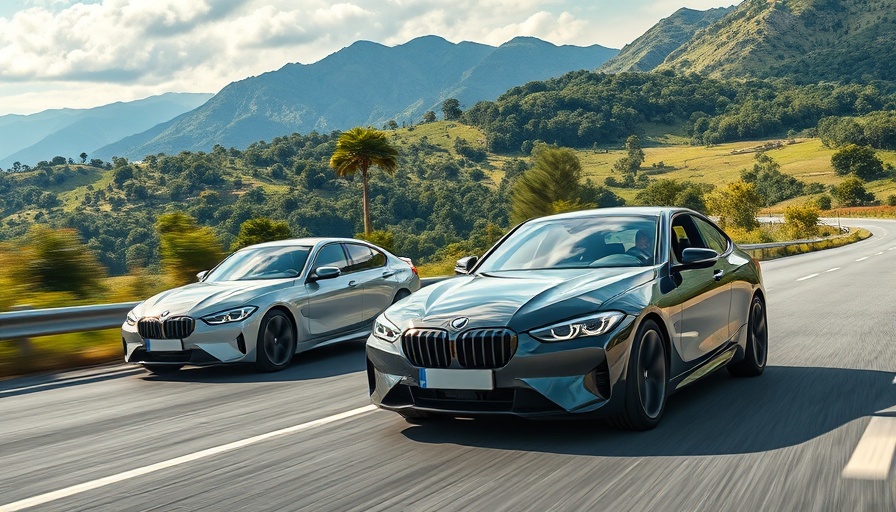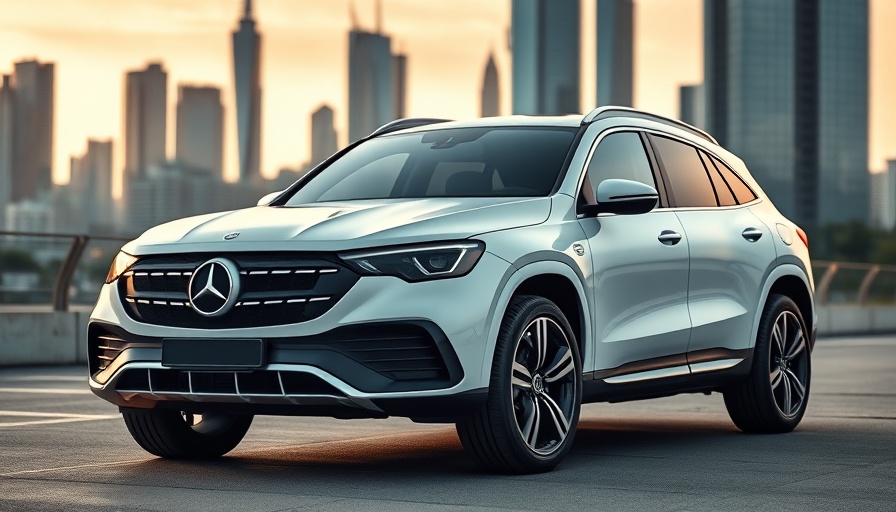
How BMW is Blurring the Lines Between Gas and Electric
In a bold move that could redefine the automotive landscape, BMW is planning to merge the design language of its internal combustion engine (ICE) vehicles and battery electric vehicles (BEV) with the launch of its Neue Klasse EVs. Frank Weber, BMW’s Chief Development Officer, stated that, "A BMW is a BMW," indicating that the fundamental design identity of the brand will remain consistent, whether powered by gasoline or electricity. By maintaining a uniform design ethos, BMW aims to avoid the pitfalls of creating a distinct and separate aesthetic for electric vehicles, which has often resulted in confusion and dated perceptions of its older models.
The Importance of Design Consistency
BMW’s strategy contrasts sharply with competitors like Mercedes-Benz and Audi, which have opted for varying designs between their electric and gas models. Mercedes has adopted a cab-forward design for its EQ line, leading to a distinct separation in the consumer’s mind. This strategy can risk alienating potential customers who prefer the traditional aesthetics of the iconic gas-powered models. By ensuring that their electric vehicles share a common design language, BMW aims to create an inclusive brand identity that resonates across its entire range.
Learning from Past Mistakes
Weber acknowledges that splitting EV and ICE designs is a significant error made by BMW and its competitors in the past. Models like the i3 and iX have shown a willingness to explore futuristic aesthetics but have felt isolated from the broader BMW lineup. The Neue Klasse series will bridge this gap, ensuring that future electric models don't stray too far from the established design cues that loyal customers recognize and love. This strategy is expected to enhance customer loyalty and simplified brand recognition.
Future Trends in Electric Vehicle Design
The upcoming Neue Klasse lineup symbolizes a turning point for BMW, as it not only marks the evolution of their vehicles into more sustainable technologies but also ushers in an era that prioritizes aesthetic harmony. This approach may shift the marketplace dynamics, compelling other automakers to reconsider their own electric vehicle branding strategies. With a successful launch, BMW could lead a design revolution that could reshape consumer perceptions of electric vehicles, making them not just a green alternative but an aspirational choice.
Implications for Dealers and Trends in Sales
For dealer principals and finance managers, understanding BMW's design philosophy and strategy is crucial. As BMW's sales figures demonstrate a dominant position over other luxury brands, recognizing the importance of consistent brand identity can inform sales approaches. Emphasizing how both electric and gasoline-powered vehicles align under a unified design can resonate strongly with consumers seeking reliability and familiarity. This alignment may also optimize financing operations, as both types of models can appeal to a shared consumer base, leading to increased sales opportunities for dealerships.
 Add Row
Add Row  Add
Add 




Write A Comment